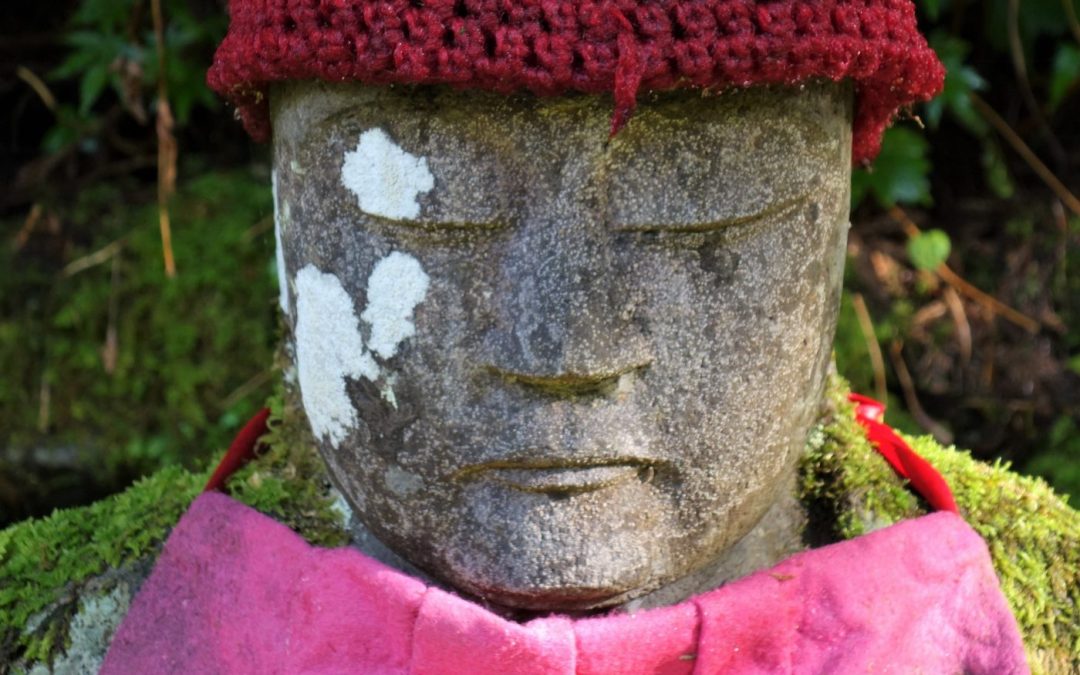
Nikko
In Nikko we splashed out on half-board at a good quality ryokan overlooking the Daiya river. For 3 days we were very well fed and bathed ourselves morning and evening. Resplendent in our daily choice of kimonos. It was all extremely pleasant.
We arrived on Thursday afternoon. The ryokan was a little north west of Nikko central. We chose it because it was within walking distance of the shrine and temple complex and some other interesting places. Checked in then headed off to start exploring. We could but admire Jyokoji Temple from afar – only buddhists allowed!
Our main aim that afternoon was to visit what’s called the Kanman-ga-fuchi Abyss. A path running along the south bank of the river is lined with about 70 stone statues of Jizo, a Bodhisattva who cares for the deceased. Each one is wearing a red knitted cap and a red bib.
At the end of the path is a cemetery filled with monuments and statues, covered in moss and lichen. All you could hear was the rush of the river below. It was quite beautiful.













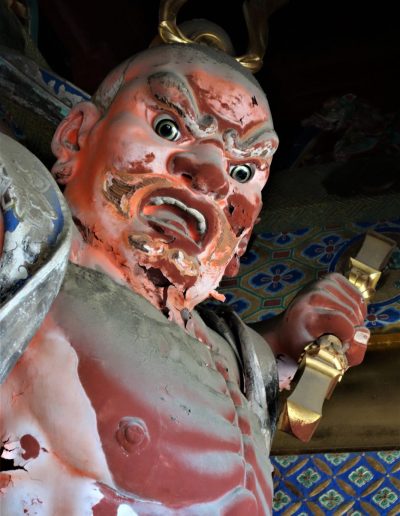





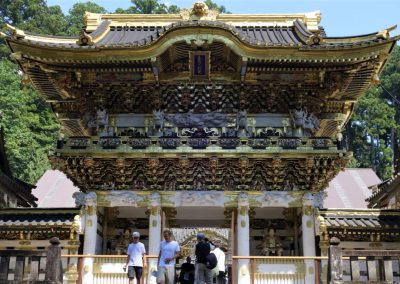




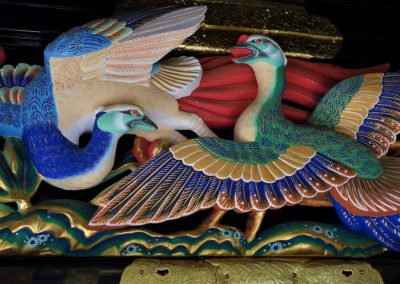














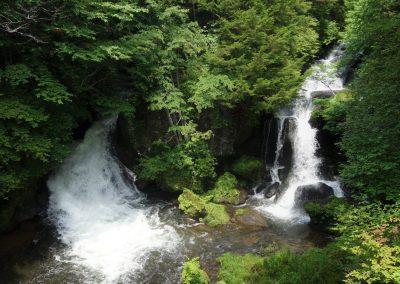













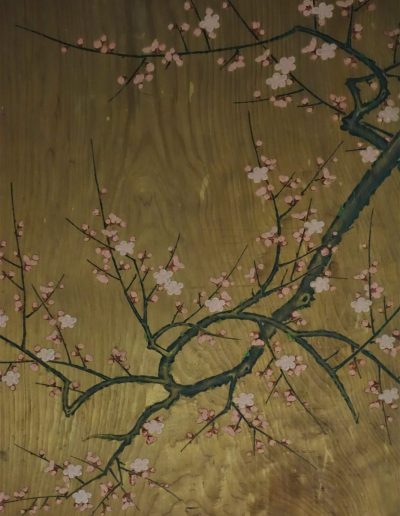


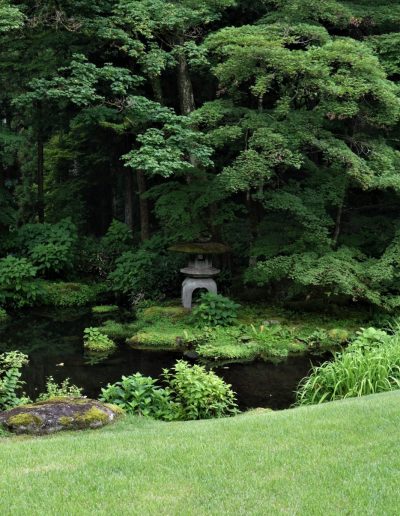



Recent Comments